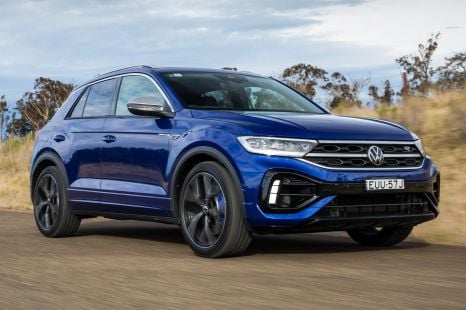

William Stopford
Volkswagen T-Roc R: Production of hot SUV wrapping up for Australia
2 Days Ago
The Volkswagen T-Roc has received a mid-life update that's brought with it a higher-quality interior. The updated range, including the hot R, is here in July 2022.

News Editor
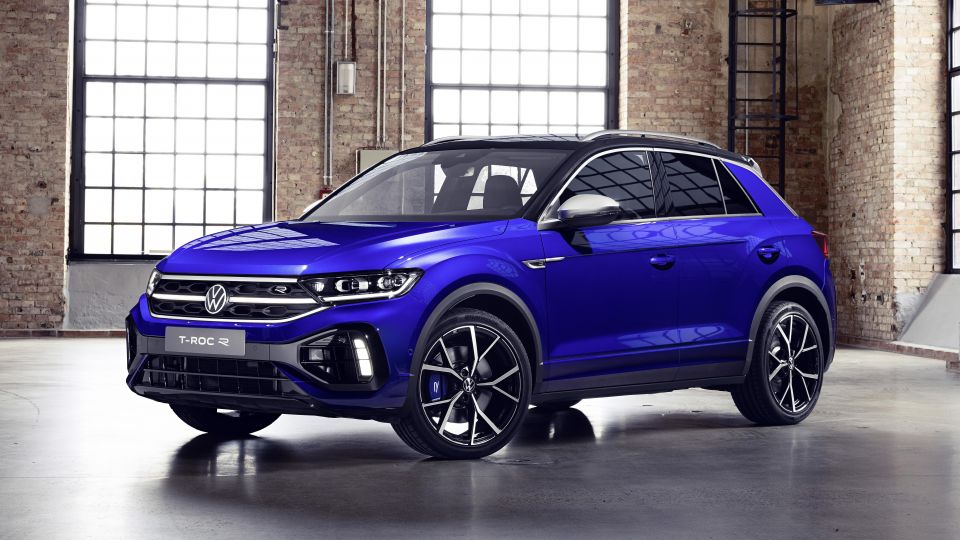

News Editor
The updated Volkswagen T-Roc has been revealed, with a more modern interior and subtle exterior styling tweaks.
It’ll arrive locally in July 2022, at which point Australian buyers will finally be able to get their hands on the hot T-Roc R.
Up front, there are restyled headlights, while daytime running lights comprise similar-shaped units to the current car plus a full-width lighting element that bisects the new grille.
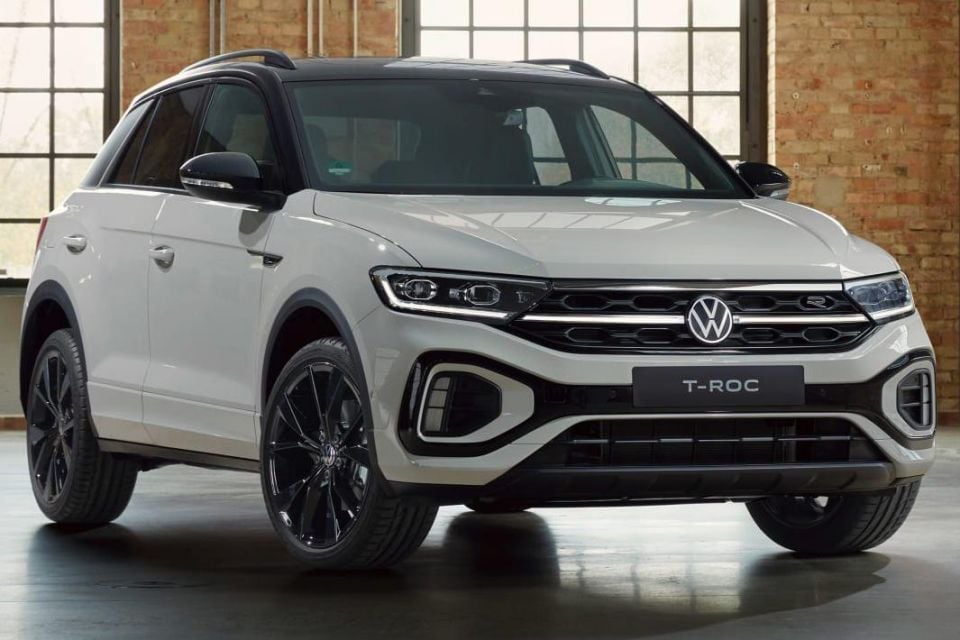
The current car’s front bumper has also been restyled, while the tail lights have new LED graphics and the rear bumper has been tweaked.
There’s also a new range of alloy wheel designs, while IQ.Light matrix headlights are optional.
The R has black highlights like the R-Line models, plus a unique rear bumper and quad exhaust outlets. Akrapovič titanium units are optional.
Perhaps the most dramatic changes are inside, where the outgoing car’s rock-hard dashboard has been restyled and treated to a padded top. It’s matched by new door trims, which can be had with fabric or leatherette inserts.
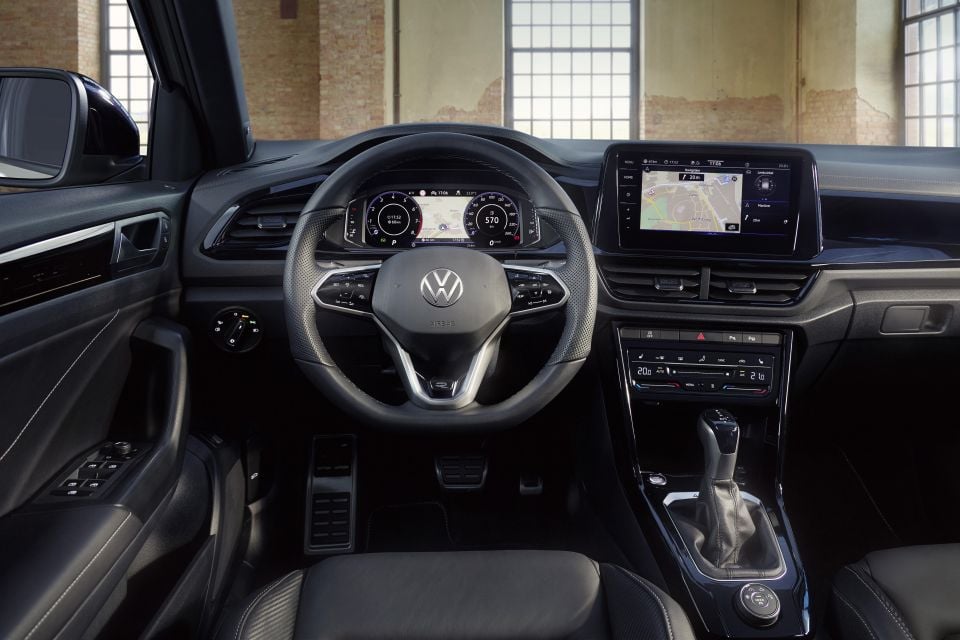
There’s a new 8.0-inch digital instrument cluster fitted as standard – the 10.25-inch Digital Cockpit cluster remains optional – while the T-Roc’s infotainment now runs on the latest MIB3 operating system.
While an 8.0-inch touchscreen is still available, there’s a larger, tablet-style 9.2-inch touchscreen infotainment system though it isn’t flanked by tuning and volume knobs.
Some physical buttons and knobs can still be found on the T-Roc’s dashboard, unlike the Mk8 Golf, however the climate control switchgear has been replaced with touch-capacitive controls like the updated Polo.
The T-Roc borrows its steering wheel from sporty Golf variants, while the R features unique digital instruments, more contoured sport seats, stainless steel pedals, and an R button on its steering wheel.

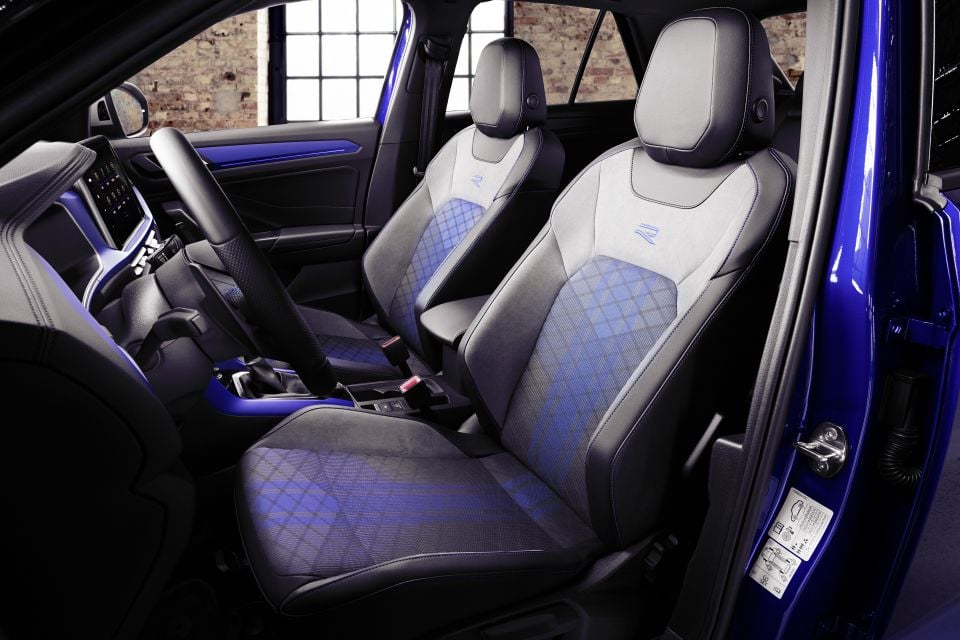
There are also racy colour highlights on the R, including blue stitching on the steering wheel and lashings of blue, metal-look trim on the doors, centre console and dashboard.
The updated T-Roc receives the latest IQ.Drive active safety and driver assist systems, including Volkswagen’s Travel Assist.
This combines the functions of the adaptive cruise control and lane-keep assist to keep the car centred in its lane and following traffic at a safe distance.
The T-Roc’s engine line-up is unchanged.
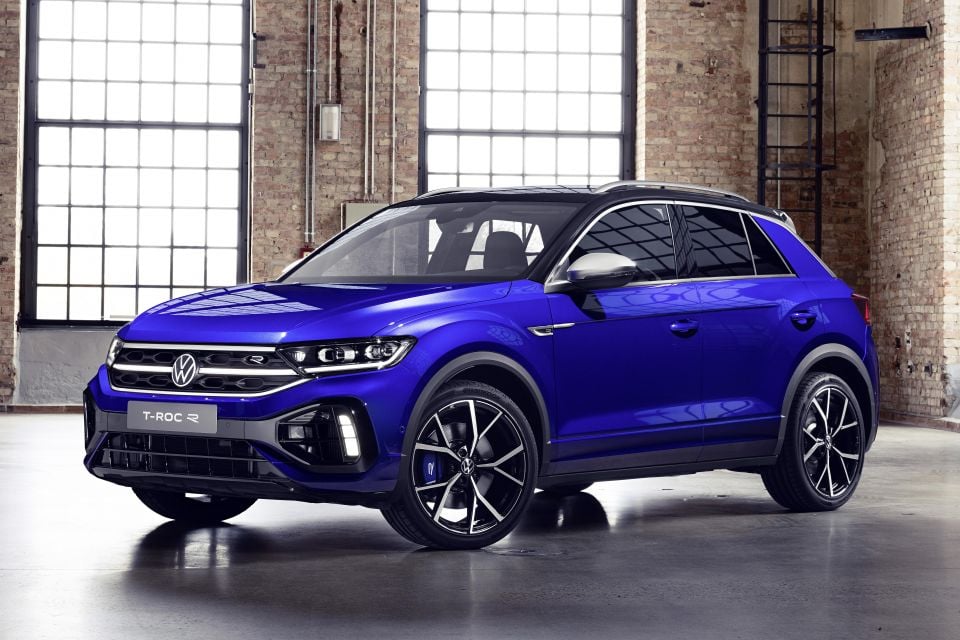

That means the T-Roc R continues to use a turbocharged 2.0-litre four-cylinder engine with 221kW of power and 400Nm of torque, eschewing the upgraded powertrain of the Tiguan R and Mk8 Golf R that puts out 235kW and 420Nm.
It’s mated with a seven-speed DSG dual-clutch automatic transmission and all-wheel drive, with a claimed 0-100km/h time of 4.9 seconds when you use launch control.
As is currently the case, the Australian T-Roc range will include front-wheel drive 110TSI Style and all-wheel drive 140TSI Sport options.
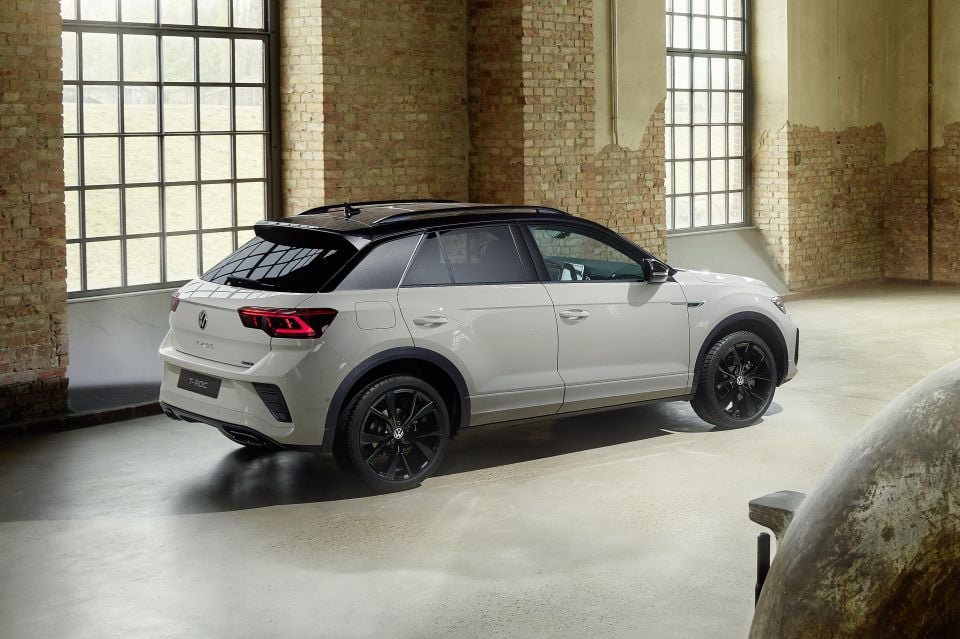
The 110TSI Style features a 1.4-litre turbocharged petrol four-cylinder engine making 110kW and 250Nm and mated with an eight-speed torque-converter automatic, while the 140TSI Sport packs a 2.0-litre turbo petrol with 140kW and 320Nm of torque and a seven-speed dual-clutch auto.
Though the T-Roc debuted in Europe in 2017, it only made its way to Australia in 2020 alongside the smaller T-Cross.
Year-to-date, Volkswagen has sold 4252 T-Rocs. That puts it ahead of the Suzuki Vitara (3202) and edging ever closer to the Honda HR-V (4812) and Mitsubishi Eclipse Cross (4945).
Where expert car reviews meet expert car buying – CarExpert gives you trusted advice, personalised service and real savings on your next new car.
William Stopford is an automotive journalist with a passion for mainstream cars, automotive history and overseas auto markets.


William Stopford
2 Days Ago
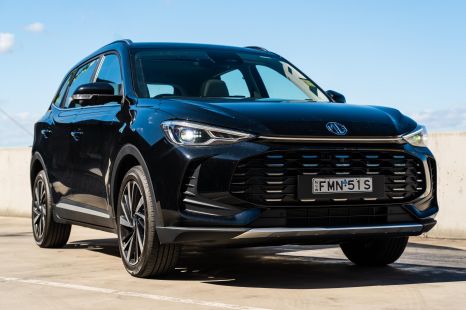

William Stopford
8 Days Ago
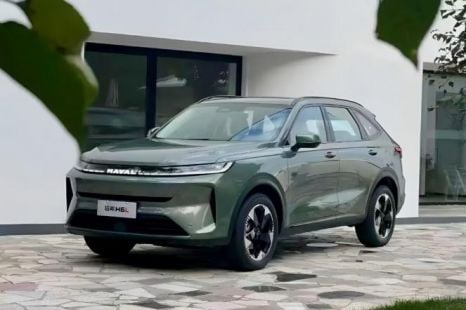

Ben Zachariah
10 Days Ago
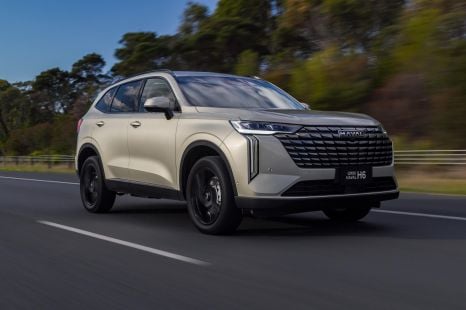

Damion Smy
13 Days Ago


Max Davies
18 Days Ago
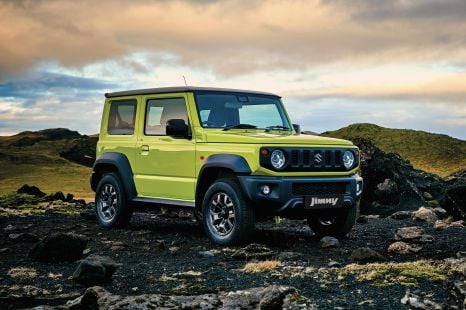

Damion Smy
20 Days Ago